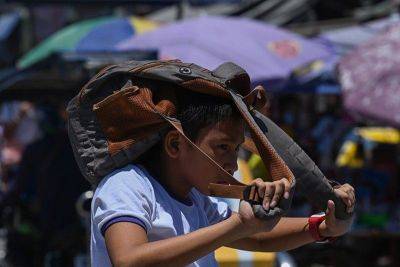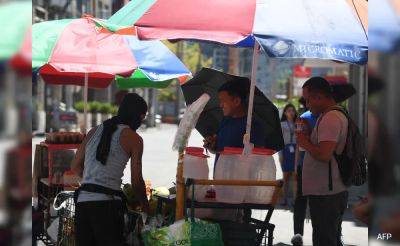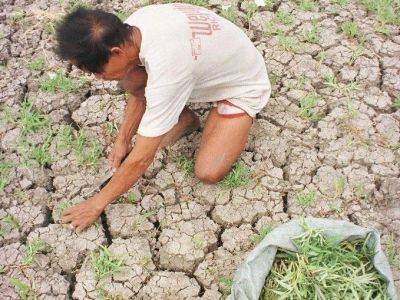DOE assures public: ‘No power crisis amid El Niño’
MANILA, Philippines — The warm or dry season has officially begun, the Philippine Atmospheric, Geophysical and Astronomical Services Administration (PAGASA) declared in the last week of March.
This is evident based on recent reports on heat index, with areas within the country reaching to 46 degrees Celsius – considered as “danger level.”
Following the beginning of the El Niño phenomenon comes jitters on the country’s power supply.
With rising temperatures come rising electricity consumption, as air conditioners, electric fans and other cooling equipment are being utilized to beat the heat, thus erasing any evidence within a room of such discomfort that the scorching sun has brought to the consumers.
Otherwise, consumers would move on with their day sweltering, clothes sticking to their back because of sweat.
As rooms cool down and sweat on everyone’s bodies disperse, power consumption reaches its peak.
“Challenges in our energy sector this summer stem from increased cooling demands, straining our power supply,” Think tank Center for Energy Research and Policy (CERP) convenor Noel Marabut Baga told The STAR.
With the higher cooling demand comes a question: is there a power crisis in the Philippines amid this year’s El Niño?
Department of Energy (DOE) Assistant Secretary Mario Marasigan’s answer is “No.”
“There is no power crisis in the Philippines,” Marasigan said in an interview.
The DOE official said the country has enough power supply amid the El Niño phenomenon.
This concern is rooted in the country’s history with power outages, caused by a high demand and a low supply of energy.
Take for example what happened in 1992, which was accounted in Philippine history as one of the “dark days” in the Philippines.
“In the worst years of the Philippine energy crisis – in 1992 and 1993 – electric power was rationed among industrial and commercial/residential users as eight to 12-hour brownouts occurred daily in Metro Manila and other population centers,” former president Fidel V. Ramos said in an article he authored titled Lessons from the Philippine electricity crisis.
Ramos said that most industrial activities were “stifled by the unstable power supply.”
According to







